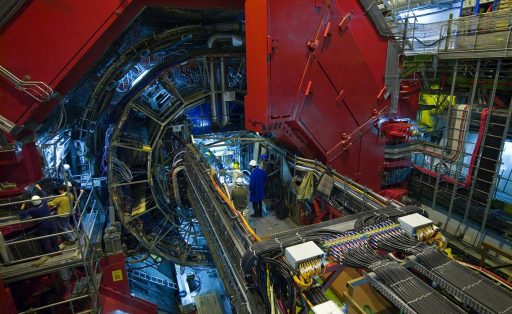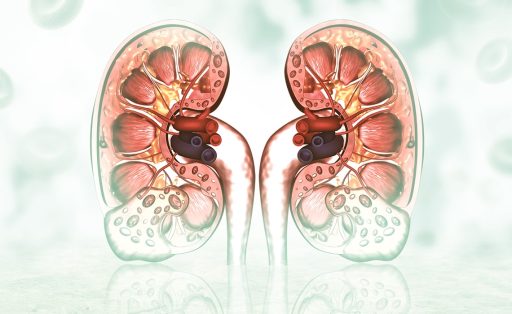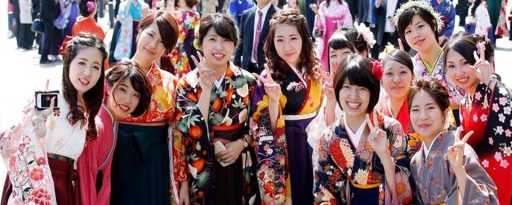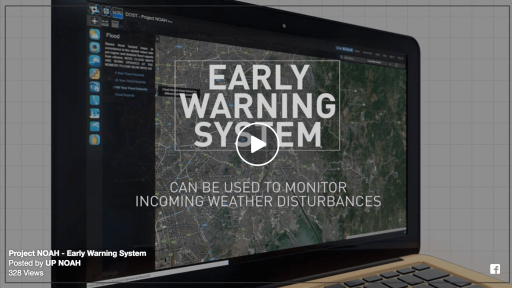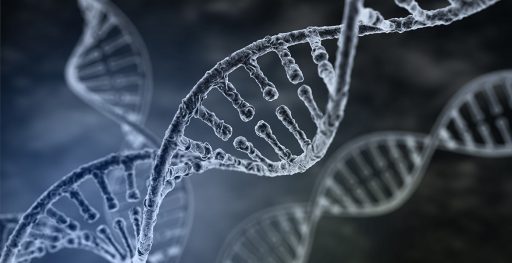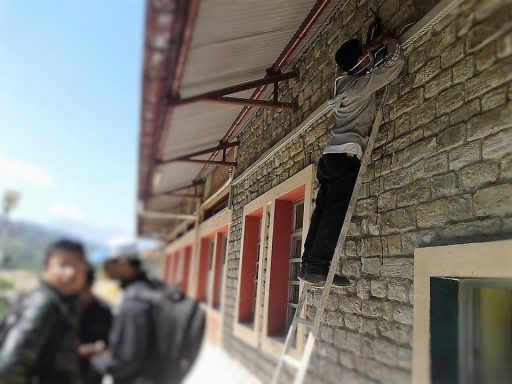Students and researchers work with their peers in the international scientific community, increasing technology transfer and building capacity, while stimulating greater public interest in related fields, such as proton therapy cancer treatment.
How Jisc helped improve the point-to-point link between the University of Hull and its China office – contributing to a rise in student recruitment
Researchers collaborated across continents to advance our understanding of diabetic kidney disease and metabolic changes in pregnancy. High-speed networking plays a critical role connecting researchers and data in Australia to data, resources and colleagues located in Europe.
The Engineering Department of the Kyushu Sangyo University in Japan has designed a dedicated e-portfolio as an educational tool to make students aware of their strengths and weaknesses, helping them achieve their goals in a structured fashion.
Gastric cancer is the deadliest form of cancer in Asia. It accounts for the deaths of some 28 men and 13 women per 100,000. The Telemedicine Development Center of Asia has been building capacity to deliver valuable technical training for cancer specialists right across the region.
While you can’t do anything to change the course of a typhoon moving towards you, you can take the necessary precautions before it reaches your shores – the earlier the better. So, you need to know your hazards, and that is why, in the wake of the catastrophic tropical storm Sendong in 2011, the Philippines started developing a complex early warning system.
Researchers at the Peter MacCallum Cancer Centre in Melbourne wanted to know why there were an increasing number of patients – about a third of them women – being diagnosed with certain types of lung cancer when none of them had smoked and their families had no history of cancer. They turned to big data analytics.
Genomics is generating new insights into the genetic causes of diseases such as cancer, diabetes, heart disease, and congenital disorders, and promises to transform healthcare. In Australia, a specialized high-performance network has been deployed for the Kinghorn Centre for Clinical Genomics, the largest genome sequencing centre in the southern hemisphere, helping to close the gap between research and the clinic.
On the 12th of April 2015, a devastating earthquake hit Nepal demolishing half a million buildings, killing 8.800 and injuring over 16.000 people. The research and education network of Nepal participated in the relief work by setting up emergency wireless networks at a number of hospitals treating earthquake victims.


